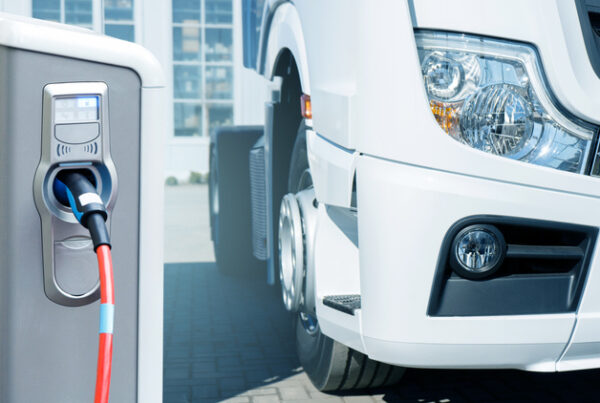This piece digs into the growth aspirations of fleets over the year ahead, and some of the constraints that will impact these plans.
Follow the links below to read our previous pieces:
- Article 1: The New World of Fleet Management
- Article 2: The Road To Electrification
- Article 3: The Need For External Support
The last two years have had a significant impact on how fleets operate their vehicles. In many cases, they were left with assets sitting idle, choosing not to renew leases or replace vehicles until usage picked up. This was clearly evident in our 2020 report, where more than one in five businesses were actively seeking to reduce fleet size.
Businesses are now however placing a greater level of demand on their fleet to deliver to overarching growth objectives. In this context, many fleets are again looking to grow their footprint, or return to more traditional fleet renewal cycles. One in two Corporate Fleets expect to increase the number of vehicles they operate over the next 12 months, with most of the rest looking to maintain existing volumes (albeit still purchasing vehicles as replacements for end-of-life assets).
It will be no surprise here that variations are closely aligned with industry, reflecting underlying economic performance:
- At the top of the list sit Construction, where two-thirds of businesses are planning to increase vehicle numbers off the back of the ongoing boom (vs. around in four in 2020). While recent interest rate hikes have taken some of the steam out of the market, many organisations in this sector still have significant forward pipelines that need to be met.
- Similarly, both Distribution and Production (i.e. Agri, Manufacturing) are looking for additional assets. These sectors have in many cases been insulated from the impact of the pandemic, but may be changing the types of vehicle purchased in response to changing consumer behaviours.
- Further down, we see other industries that have faced more mixed outcomes over the past two years (Services, Health & Education), Retail & Hospitality). Relatively fewer of these businesses are expecting to reduce vehicle counts, with their focus on replacing as needed to maintain overall numbers.
What we need to remember though is that despite these growth aspirations, we are still facing global new vehicle supply shortages (which are likely to persist well into 2023). These will be explored further in our next piece, but mean that many fleets will be left with significant forward orders, and no clear visibility on when these will be fulfilled. This highlights the importance of clear processes around vehicle end of life and replacement in order to avoid potentially significant operational disruptions.
AfMA and ACA Research have again partnered together to deliver this important program of work, which follows on from previous editions in 2018 and 2020. To find out more, visit https://automotiveinsights.com.au/collections/fleet, or contact Ben Selwyn at [email protected].




















